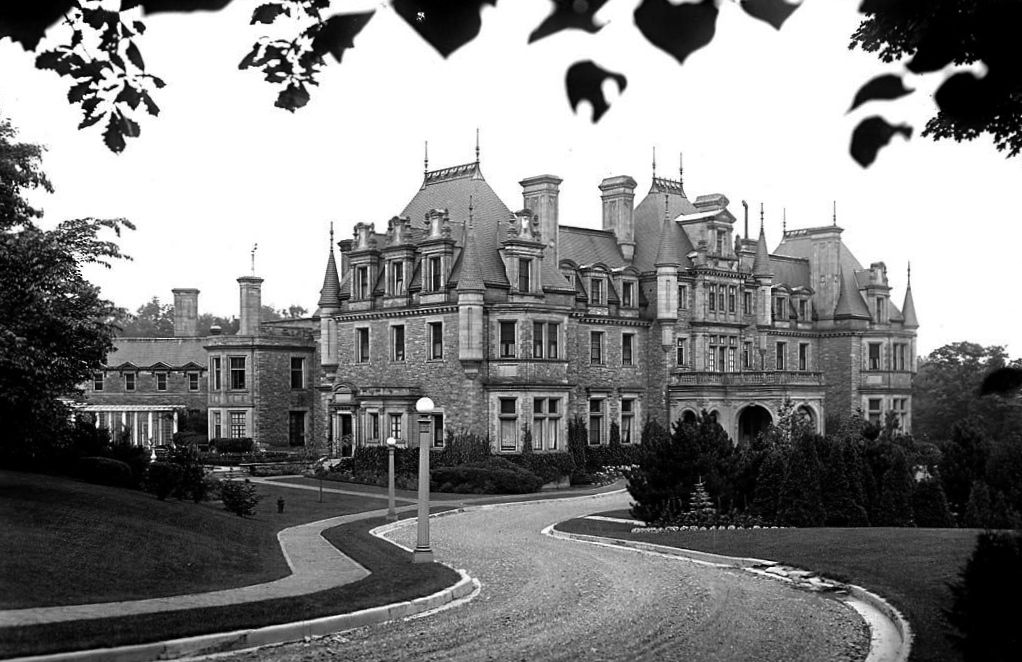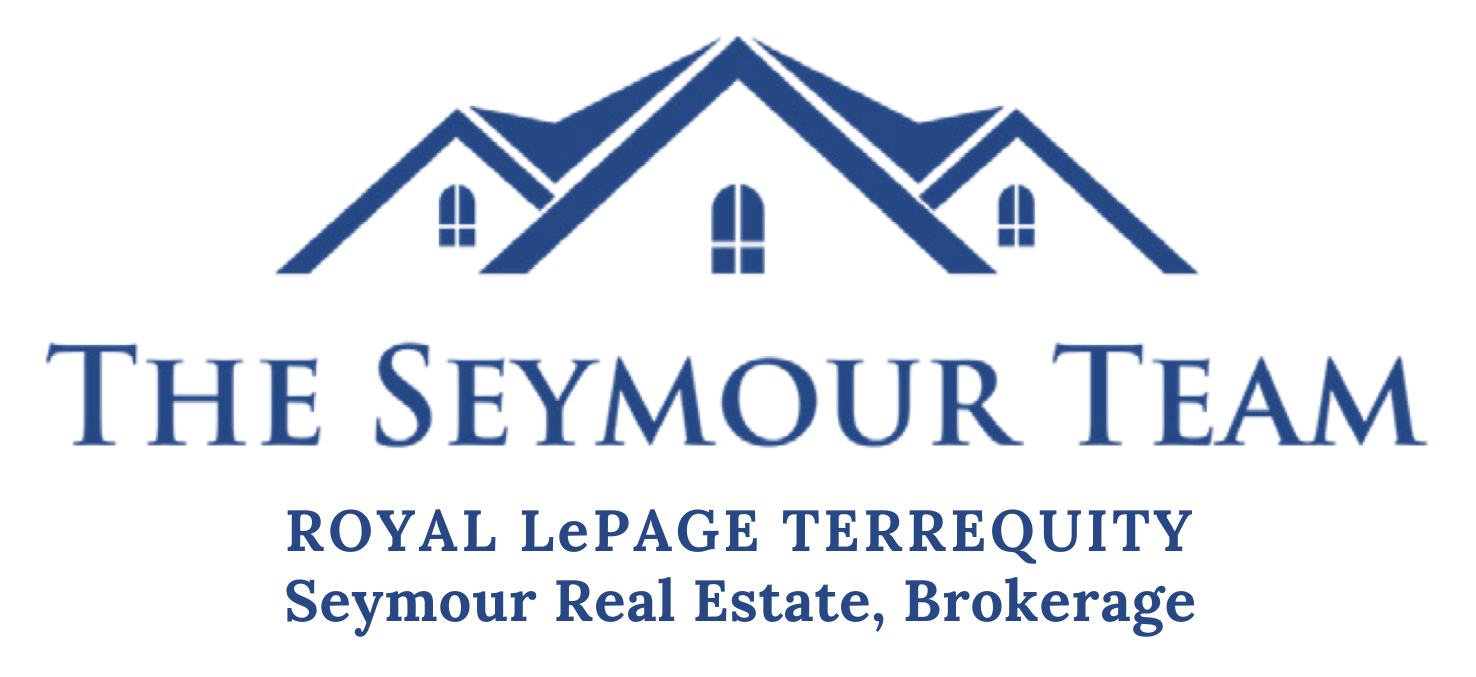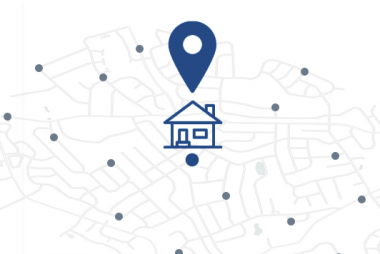Platform
Rosedale is one of Toronto’s most historic and prestigious neighbourhoods, long regarded as a symbol of elegance and exclusivity. Nestled just north of Downtown, it is bordered by the lush ravines of Rosedale Valley to the south, Moore Park to the east, Summerhill to the north, and Yorkville to the west. Its winding, tree-lined streets and abundant green space give it the feeling of a secluded enclave, despite its proximity to the city’s commercial and cultural core.
Historically among the most affluent neighbourhoods in Canada, Rosedale remains highly sought-after today. Quiet, refined, and family-friendly, it offers residents a serene lifestyle with easy access to Midtown and Downtown amenities. It is home to some of Toronto’s wealthiest households, with generational stability, strong community ties, and some of the highest property values in the country.
History of Rosedale
The story of Rosedale dates back to the 1820s, when Sheriff William Botsford Jarvis and his wife, Mary, established their family estate in the area. Inspired by the abundance of wild roses that flourished across the property, Mary named it “Rosedale.” By the mid-19th century, the estate lands were sold off for residential development, and South Rosedale quickly emerged as one of Toronto’s earliest garden suburbs.
Expansion into North Rosedale followed in the early 20th century, spurred by the construction of a bridge over the Park Drive Ravine. Today, both North and South Rosedale are protected as Heritage Conservation Districts, preserving their distinctive architecture, winding streets, and mature tree canopy. This careful stewardship ensures that Rosedale’s unique character and prestige will endure for generations to come.

Demographics
According to data compiled during the 2006 Canadian census, Rosedale had a population of just over 7,000 residents and an average individual income well above the citywide average, reflecting its reputation as one of the country’s most affluent communities. Additional statistics gathered by the City of Toronto, which often groups Rosedale with Moore Park for reporting purposes, found that 57.5 percent of residents were between the ages of 25 and 64, with an average age of 39.
The neighbourhood is traditionally home to families of Scottish, Irish, and English descent, although in recent decades it has become increasingly diverse while still maintaining its reputation as a long-established enclave of Toronto’s social and cultural elite.
Fun Facts
Rosedale’s origins are closely tied to Sheriff William Botsford Jarvis and his wife, Mary. In the 1820s, the couple established their family estate on what would later become South Rosedale. It was Mary who named the property “Rosedale,” inspired by the profusion of wild roses that grew in abundance across the rolling hills and ravines.
The Jarvis estate became the foundation for one of Toronto’s earliest garden suburbs, but by the mid-1800s, much of the land was sold off for residential development. Over the decades, Rosedale grew into a haven for Toronto’s elite, attracting influential families, artists, and even former Prime Ministers. Its streets were deliberately laid out in a winding, almost maze-like pattern to discourage through-traffic—a design that still protects its quiet atmosphere today.
Rosedale’s prestige has long been recognized nationally. Maclean’s once ranked it as one of the wealthiest communities in Canada, and to this day it remains a symbol of refinement and heritage in Toronto. With its ravine-surrounded borders, storied past, and enduring exclusivity, Rosedale continues to embody a unique blend of history, culture, and prestige.
Architecture & Real Estate Options
When Rosedale was first developed in the late 19th and early 20th centuries, it quickly became one of Toronto’s most exclusive residential enclaves. The architectural styles that dominate the neighbourhood—Victorian, Georgian, Tudor Revival, Edwardian, and English Cottage—were popular among the city’s elite at the time. Many of the homes that still stand today were built between the 1860s and the 1930s, giving Rosedale a rich heritage character that is carefully preserved through its Heritage Conservation District status.
The quintessential Rosedale home is a large, detached two- or three-storey house, often constructed of brick or stone and set on a spacious, tree-lined lot. Many properties feature private driveways, manicured gardens, and elegant façades, while others back directly onto the ravines, offering exceptional privacy and tranquility. In South Rosedale, a limited selection of luxury townhomes and condominiums provide alternatives for those seeking a lower-maintenance lifestyle within the neighbourhood.
Average home values in Rosedale are among the highest in Toronto, reflecting both the prestige of the neighbourhood and the scarcity of available properties. With limited turnover and few new developments, demand remains strong and competition intense. For current average sale prices, contact Jethro Seymour, a top Toronto Realtor specializing in luxury Midtown neighbourhoods.
Parks and Green Spaces
Those who appreciate nature and tranquility will find Rosedale to be one of Toronto’s most scenic neighbourhoods. Surrounded on three sides by ravines, it offers an abundance of parkland and trails that make it feel like a retreat within the city. The Rosedale Valley Ravine, Park Drive Ravine, and Moore Park Ravine provide lush, wooded escapes that are home to diverse wildlife and winding trails popular with walkers, runners, and cyclists.
At the heart of the neighbourhood lies Rosedale Park, a community gathering spot that features tennis courts, a baseball diamond, sports fields, a playground, and an outdoor skating rink in the winter. To the west, Ramsden Park provides another major green space with updated recreation facilities and off-leash areas for dogs.

Nearby, the Don Valley Brick Works—also known as Evergreen Brick Works—has transformed a historic quarry into a vibrant community and ecological centre. With landscaped gardens, ponds, trails, and weekly farmers’ markets, it has become one of Toronto’s most beloved destinations for outdoor exploration.
The network of green space continues into David A. Balfour Park, which borders the neighbourhood’s southwest edge. Known for its ash and maple groves, the park features well-maintained trails ideal for jogging and cycling, alongside quieter paths for leisurely strolls.
Rosedale residents also enjoy easy access to other nearby parks, including Chorley Park, with its panoramic Don Valley views; Moorevale Park, home to five tennis courts, a baseball diamond, and a children’s splash pool; Todmorden Mills Park, with its blend of heritage and natural landscapes; and Winston Churchill Park, a popular site for walking and outdoor recreation.
Rosedale Culture and Recreation
Mooredale House, located just off Crescent Road, serves as a cornerstone of community life for Rosedale residents. This non-profit community centre offers a wide range of programs, including fitness classes, youth sports leagues, music lessons, and arts workshops. In the summer, it hosts a popular children’s day camp, and each spring, it organizes Mayfair, a long-running outdoor festival held in Rosedale Park. The event features rides, games, food, and entertainment, and has become a treasured neighbourhood tradition. Membership at Mooredale House is open to residents for a modest annual fee.
For book lovers, the Rosedale Branch of the Toronto Public Library, located at 40 Scrivener Square, is the closest local library. It offers a broad selection of books, digital media, and research materials, as well as programs and events tailored to children, teens, and adults. The nearby Deer Park Branch, at 40 St. Clair Avenue East, also provides expanded collections and community programming.
Dining options in and around Rosedale are diverse and upscale, reflecting Toronto’s status as a world-class multicultural city. While the neighbourhood itself is primarily residential, residents are just steps away from the restaurants and cafes of Summerhill, the fine dining and boutiques of Yorkville, and the vibrant mix of eateries along Yonge Street. From contemporary Canadian cuisine to international flavours, Rosedale residents enjoy access to some of the city’s finest culinary destinations.
Houses of worship in the immediate area primarily reflect Christian traditions, with both Protestant and Catholic churches nearby. For Jewish residents, numerous synagogues are located a short distance away in Midtown neighbourhoods such as Forest Hill and Lytton Park, while other faiths are well represented throughout the city, ensuring accessibility for Rosedale’s increasingly diverse community.
Rosedale Schools
Rosedale is well-served by excellent public and private schools, making it an attractive neighbourhood for families.
Some of Toronto’s most prestigious private schools are in the Rosedale vicinity, including:
- Branksome Hall (all-girls, Junior Kindergarten to Grade 12), 10 Elm Avenue
- The York School (co-ed, Junior Kindergarten to Grade 12, IB Program), 1320 Yonge Street
- Mooredale Preschool (preschool), 146 Crescent Road
Would-be residents should be advised that admissions policies and procedures are set by individual institutions and may be subject to restrictions and geographic limitations. These should be fully investigated prior to moving to the Rosedale area.
Public schools that serve Rosedale’s residents include:
- Rosedale Junior Public School (Junior Kindergarten to Grade 6), 22 South Drive
- Whitney Junior Public School (Junior Kindergarten to Grade 6), 119 Rosedale Heights Drive
- Rosedale Heights School of the Arts (Grade 9 to Grade 12), 711 Bloor Street East
- Jarvis Collegiate Institute (Grade 9 to Grade 12), 495 Jarvis Street
- North Toronto Collegiate Institute (Grade 9 to Grade 12), 17 Broadway Avenue
Future Outlook
The vision first established by the Jarvis family nearly two centuries ago continues to shape Rosedale today. With its long-standing reputation as one of Toronto’s most prestigious neighbourhoods, Rosedale remains a highly sought-after address for affluent buyers. Heritage protections ensure that its architectural character and lush ravine setting will be preserved, while limited development opportunities maintain the exclusivity of the area.
As a result, Rosedale real estate consistently ranks among the most valuable in the city, offering both lifestyle appeal and strong long-term investment potential. Its combination of history, natural beauty, and prestige guarantees that Rosedale will remain one of Toronto’s most desirable residential communities well into the future.
Jethro Seymour, one of the Top Rosedale Real Estate Brokers, is a midtown Toronto residential specialist with over 20 years of sales experience in real estate, marketing, construction and publishing. He has helped many families find homes in Toronto’s great neighbourhoods, and has extensive knowledge of local markets, new home construction, resale home sales, and the condo market. Living in midtown Toronto, Jethro previews many of the homes that come to market for his clients and inventory knowledge. Jethro specializes in Midtown, Davisville Village and Leaside neighbourhoods.





